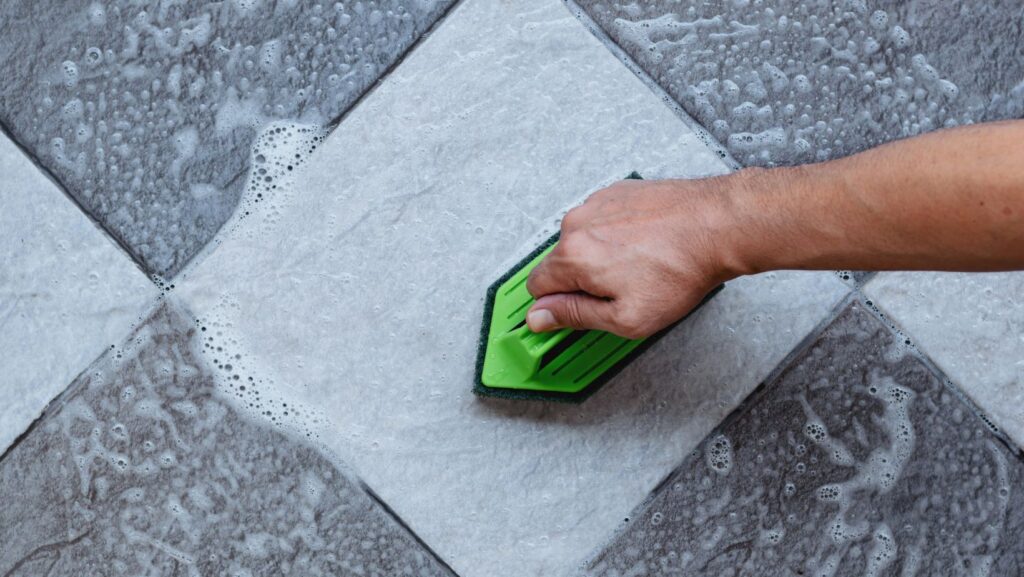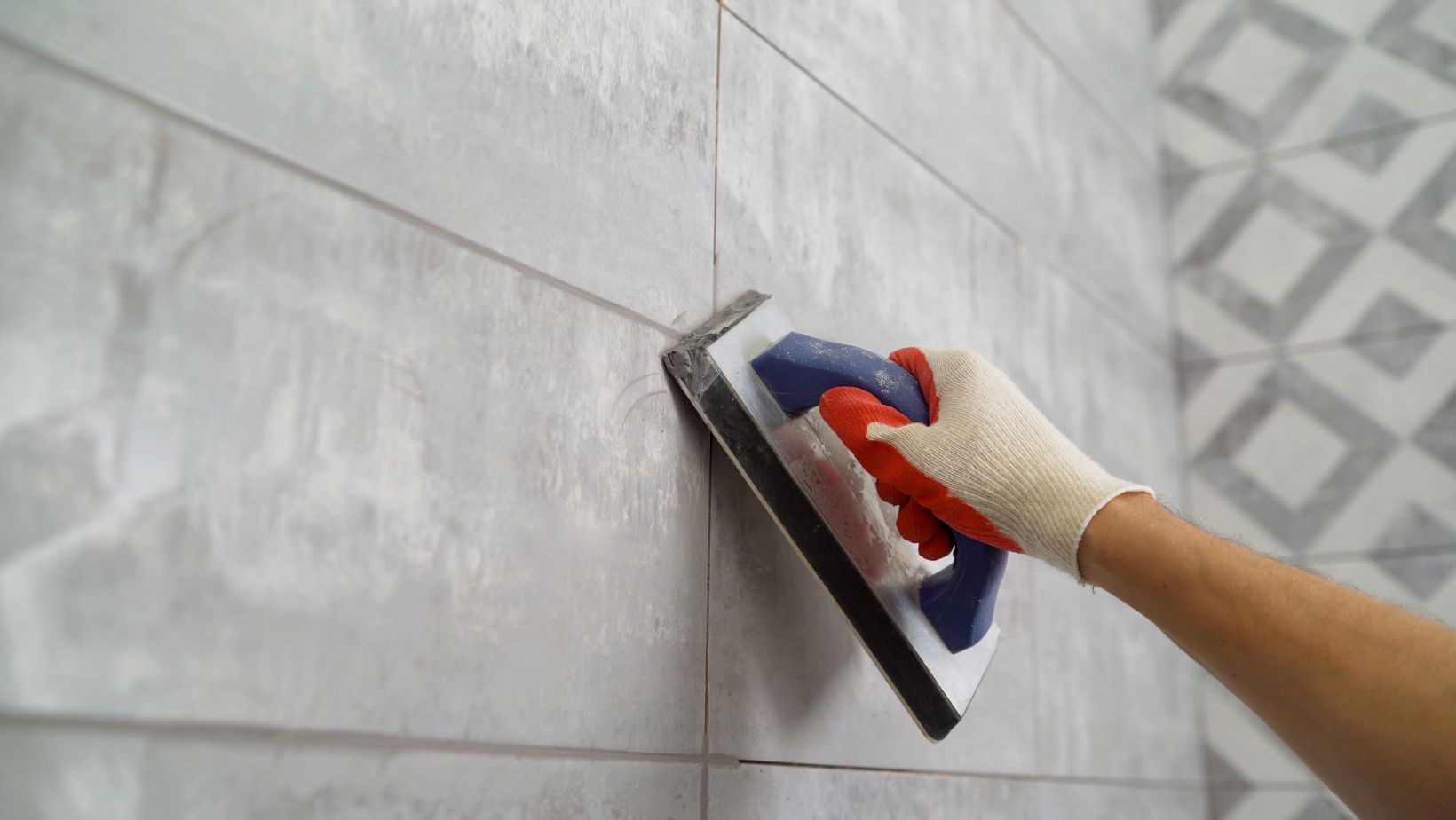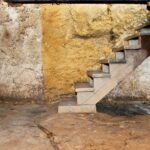
Travertine tiles offer a refined and timeless look, making them stand out in many Sydney homes. Their unique patterns and warm tones bring a sense of natural luxury to indoor and outdoor spaces. However, because travertine is a porous natural stone, incorrect cleaning methods can damage its surface or permanently stain it. Knowing the right approach is essential for preserving the beauty and longevity of this stone.
Regular Maintenance for Travertine Tiles
When it comes to maintaining travertine tiles Sydney, establishing a consistent cleaning routine is key. The city’s mix of coastal air, humidity, and dust means more frequent upkeep may be needed compared to other regions. Start by sweeping with a soft-bristled broom or using a vacuum cleaner equipped with a brush attachment. This helps remove dirt and grit that might otherwise scratch the tile surface.
For weekly care, mop with warm water and a pH-neutral cleaner designed for natural stone. Avoid all-purpose cleaners, which may contain acids or alkalis that can etch the tile. After mopping, dry the floor with a soft towel to prevent streaks and water spots.
Addressing Spills and Stains Quickly
Travertine’s porous structure means liquids can easily penetrate if not cleaned up promptly. Spills like oil, juice, or wine need to be handled with care in kitchens and outdoor entertaining areas. Don’t wipe any liquid with an absorbent cloth to keep it from spreading.
If a stain has already been set, a poultice paste can help lift it. This involves combining a pH-neutral stone cleaner with a fine powder like baking soda. Apply the paste to the affected region, wrap it with plastic wrap, and leave for 24 to 48 hours. Once removed, rinse gently with water and dry with a soft cloth.
Deep Cleaning Without Harming the Surface
Even with routine care, tiles can begin to lose their natural finish over time. Deep cleaning helps revive their original look, especially in households with pets, heavy foot traffic, or outdoor exposure. This is relevant for those using travertine tiles in Sydney and coastal suburbs, where sand and moisture can wear down surfaces more quickly.

Use a soft-bristled brush and a non-acidic stone-safe cleaner. Scrub lightly using circular motions to remove embedded grime, especially in textured areas or grout lines. Never use vinegar, ammonia, or bleach-based cleaners. After scrubbing, rinse the surface thoroughly with warm water and dry with a clean cloth.
For an effective deep clean:
- Test cleaners in a discreet area first
- Stick to gentle tools like microfiber cloths and soft brushes
- Avoid steam mops or high-pressure cleaners
- Rinse and dry immediately after cleaning
This ensures a thorough cleaning without risking damage to the tiles.
Sealing for Long-Term Protection
Sealing travertine is essential for maintaining its resistance to moisture and staining. Without a sealant, even plain water can lead to dull spots or mineral deposits. In Sydney’s climate, especially in areas with frequent rainfall or humidity, sealing provides critical protection.
Choose a penetrating sealer designed for natural stone.
Apply with a soft cloth or applicator pad, following the manufacturer’s directions for drying time and reapplication frequency. Resolving every one to two years is generally recommended for high-traffic areas or outdoor spaces. Once sealed, your tiles will repel moisture more effectively and be easier to clean. A proper seal also helps maintain the tile’s natural colour and prevents darkening caused by absorbed liquids.
Caring for Grout Without Damaging Tiles
Grout plays a big role in your tile layout’s visual appeal and structural integrity. Unfortunately, it also attracts dirt more quickly than the tiles themselves. Cleaning grout regularly helps maintain the overall look and ensures the tile installation lasts longer.

Use a soft detailing brush and a pH-neutral cleaner to scrub grout lines gently. Avoid any strong chemicals that could weaken the grout or seep into nearby tiles. Once clean, allow the grout to dry completely before applying a grout sealer. This adds a layer of protection that helps prevent future staining.
To keep grout clean and intact:
- Address spills before they settle into the lines
- Avoid metal brushes or hard scrubbing tools
- Reseal grout annually for added resistance
Choosing Reliable, Quality Tiles Matters
Long-term tile maintenance starts with the right product. High-quality travertine tiles are more durable, less prone to damage, and easier to care for over time. Choosing well-crafted tiles from the outset can reduce the need for intensive upkeep or restoration later. Reliable tiles enhance a space’s overall look and maintain it longer with basic cleaning. Investing in quality materials helps ensure your surfaces stay attractive and functional for years.
Travertine tiles are an elegant, durable choice, but they demand mindful maintenance. With the right combination of regular cleaning, timely sealing, gentle products, and occasional deep treatment, homeowners can keep their travertine tiles looking stunning.












